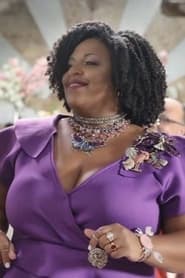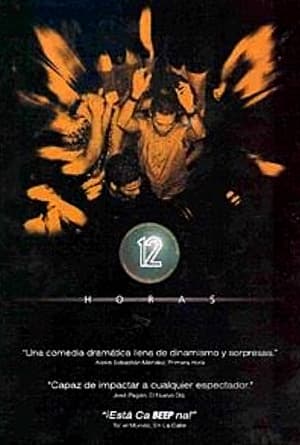
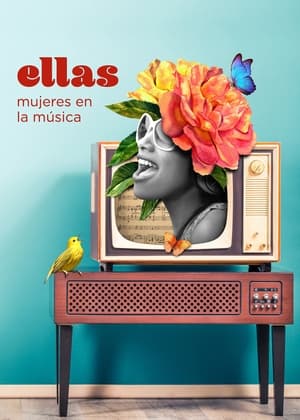
Ellas: Mujeres en la música(2021)
A musical look at the invaluable contribution made by women to Puerto Rican music.
Movie: Ellas: Mujeres en la música
Top 10 Billed Cast

Ellas: Mujeres en la música
HomePage
Overview
A musical look at the invaluable contribution made by women to Puerto Rican music.
Release Date
2021-12-05
Average
0
Rating:
0.0 startsTagline
Genres
Languages:
EspañolKeywords
Similar Movies
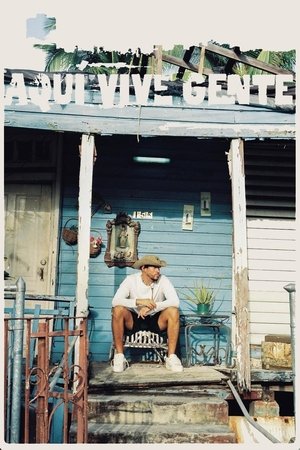 0.0
0.0El apagón: Aquí vive gente(es)
“El Apagón: Aquí Vive Gente” is a documentary directed by Bad Bunny and Blanca Graulau. This 23-minute film explores the socio-economic challenges in Puerto Rico, focusing on the effects of power outages and gentrification driven by the real estate and energy sectors. Through visuals and personal stories, the documentary highlights the experiences of Puerto Rican communities facing these issues.
Una identidad en absurdo Vol. 1(es)
Guillermo Gómez Álvarez explores the identity politics of Puerto Rico via archival footage from various sources that clash with nine original songs from local independent musicians and a thematic analysis from a psychoanalyst and a historian. From the juxtaposition the absurd becomes coherent and the coherent becomes absurd as Puerto Rican identity is defined and rejected almost simultaneously.
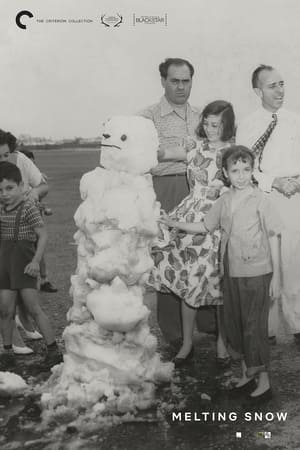 0.0
0.0Melting Snow(en)
Two tons of snow—flown from New Hampshire to Puerto Rico in 1952 in order to “gift” Puerto Ricans a “white Christmas”—become a metaphor for the colonialist paternalism of America’s relationship to Puerto Rico.
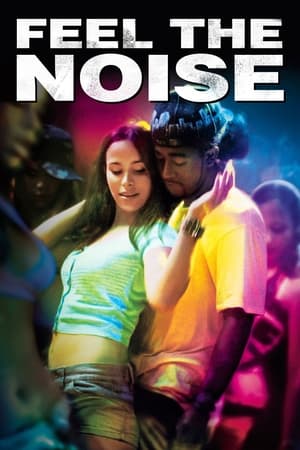 4.4
4.4Feel The Noise(en)
After a run-in with local thugs, aspiring Harlem rapper Rob flees to a place and father he never knew, and finds his salvation in Reggaeton, a spicy blend of hip-hop, reggae and Latin beats. Puerto Rico, the spiritual home of Reggaeton, inspires Rob and his step-brother Javi to pursue their dream of becoming Reggaeton stars. Together with a dancer named C.C., they learn what it means to stay true to themselves and each other, while overcoming obstacles in love, greed and pride, all culminating in an explosive performance at New York’s Puerto Rican Day Parade.
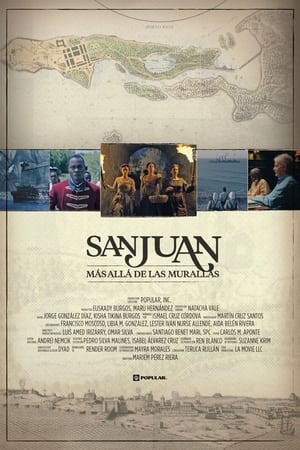 6.0
6.0San Juan, más allá de las murallas(es)
Explore the 500-year history of the city of San Juan, from the move from Caparra to the different invasions during these centuries. It also looks at how different situations and people were key to what is now the capital of Puerto Rico. This documentary presents, through the recreation of key situations, archival material, and accounts of historians and researchers, decisive moments that influenced what is now the capital.
La operación(es)
Documentary on the mass sterilization of Puerto Rican women during the 1950s and '60s.
 0.0
0.0The Last American Colony(en)
Puerto Rico, the last relic of colonization in the western hemisphere, has been a dependent territory of the USA since 1917. Los Macheteros and one of its leaders Juan Segarra have been fighting for its full independence for many decades.
 0.0
0.0Landfall(es)
Hurricane María abated, the news crews packed up and left Puerto Rico, and the interest of the international community turned elsewhere. What happened next?
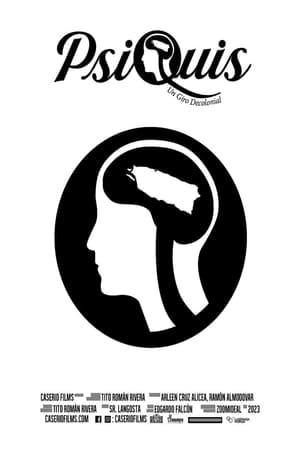 10.0
10.0PsiQuis: Un Giro Decolonial(es)
PsiQuis: Un Giro Decolonial is a documentary that presents and discusses the psychological impact that colonialism has had on the Puerto Rican people. The director analyzes the traumas generated in Puerto Rican society by that colonial experience.
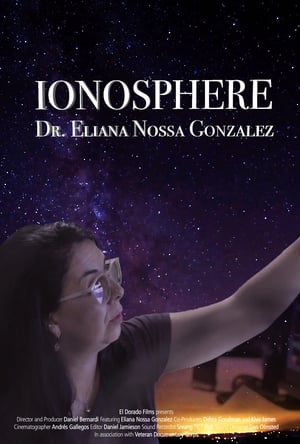 0.0
0.0Ionosphere: Dr. Eliana Nossa(en)
At Arecibo Observatory in Puerto Rico, Eliana Nossa studies the ionosphere. This short films tells the story of Columbian researcher Eliana Nossa as she explains her study of the ever-changing universe, Arecibo's technology and data, and her role as a woman among her male colleagues. She studies the ionospheric irregularities that impact terrestrial communication.
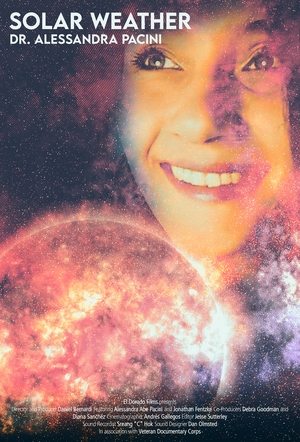 0.0
0.0Solar Weather: Dr. Alessandra Pacini(en)
Alessandra Pacini, solar physicist and mother of two, has dedicated her life to researching our sun and its relation to the rest of our solar system. Traveling across the globe with her family, from Finland to Puerto Rico, Alessandra is on a mission to discover the great mysteries of our solar system.
 0.0
0.0Todavía Estamos Aquí(es)
We Are Still Here is a student-made documentary from the University of Puerto Rico, Mayagüez campus (UPRM) about the lives and experiences of the Peñolanos from Barrio Rucio and adjacent communities who have resisted generations of adversities due to their geographical location and at the hands of the Puerto Rican government. Centered on resistance and collective care among communities, this inaugural documentary produced by the Oral History Lab at UPRM and funded by the National Endowment for the Humanities showcases how community work by projects like Aula en la Montaña and organizations like Impacto Juventud GC Inc. demonstrate that strength lies in union and that true healing occurs through mutual accompaniment between community and volunteers.
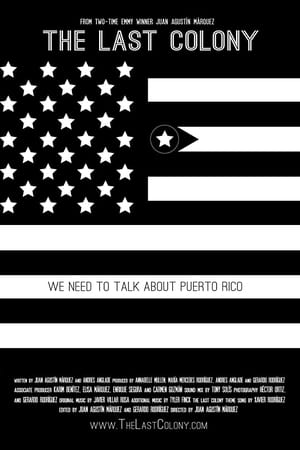 7.0
7.0The Last Colony(es)
A close look at Puerto Rico's unique relationship with the United States.
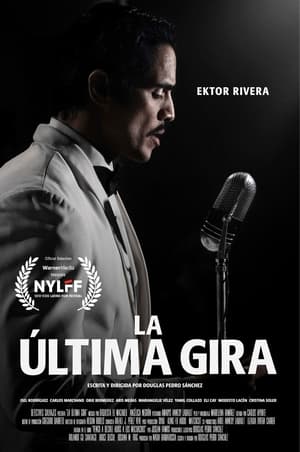 0.0
0.0La última gira(es)
Legendary singer Daniel Santos lives in Ocala, Florida, and prepares his biography with Secre, a young journalist. The memory of past glories makes him embark on one more adventure: a tour of South American countries where he was known as “El Jefe” (The Chief) and where he expects to be yet again acclaimed and applauded.
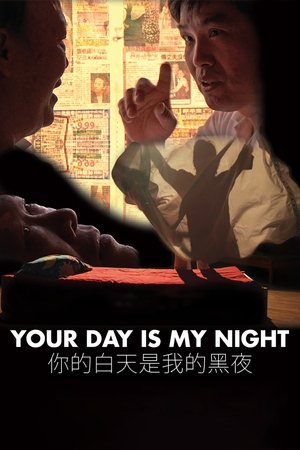 5.5
5.5Your Day Is My Night(zh)
Immigrant residents of a “shift-bed” apartment in the heart of New York City’s Chinatown share their stories of personal and political upheaval. As the bed transforms into a stage, the film reveals the collective history of the Chinese in the United States through conversations, autobiographical monologues, and theatrical movement pieces. Shot in the kitchens, bedrooms, wedding halls, cafés, and mahjong parlors of Chinatown, this provocative hybrid documentary addresses issues of privacy, intimacy, and urban life.
Las carpetas(es)
How fair is it for the government to control its citizens? Four Puerto Ricans confront their past when they open their “files”, the records obtained of the illegal surveillance and persecution that the Puerto Rican government held against citizens and organizations that disagreed with the establishment. Through their daily life, they will tell us their stories, experiences and intimate feelings of the persecution they suffered. Taking their past as an example, we will confront the present.
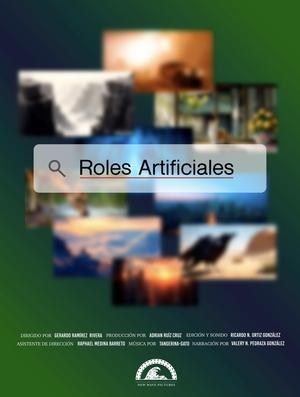 0.0
0.0Artificial Roles(en)
Artificial intelligence is taking on different roles in the filmmaking space. The questions we must ask ourselves are: what are the pros and cons of this advancement? How can we work with it, and what power do we have as human beings in the face of this technology?
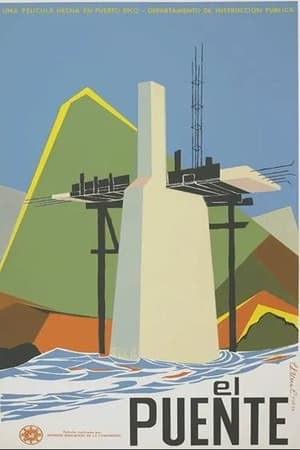 5.0
5.0El puente(es)
The efforts of a community to build a bridge which would allow their children to go school during the rainy season.
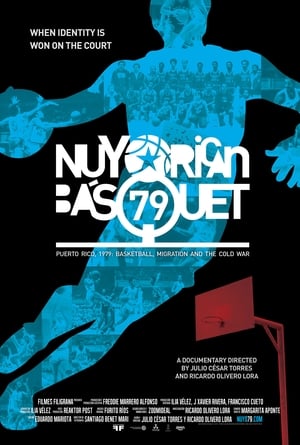 6.0
6.0Nuyorican Básquet(es)
The story of the basketball players that represented Puerto Rico at the San Juan's 1979 Pan Am Games.


